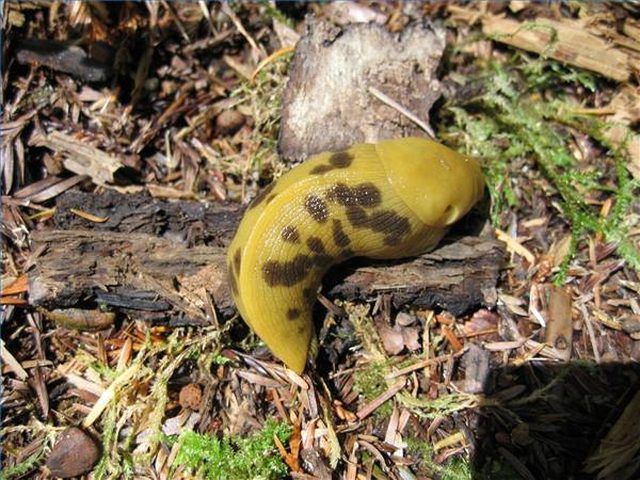Bulbs
Flower Basics
Flower Beds & Specialty Gardens
Flower Garden
Garden Furniture
Garden Gnomes
Garden Seeds
Garden Sheds
Garden Statues
Garden Tools & Supplies
Gardening Basics
Green & Organic
Groundcovers & Vines
Growing Annuals
Growing Basil
Growing Beans
Growing Berries
Growing Blueberries
Growing Cactus
Growing Corn
Growing Cotton
Growing Edibles
Growing Flowers
Growing Garlic
Growing Grapes
Growing Grass
Growing Herbs
Growing Jasmine
Growing Mint
Growing Mushrooms
Orchids
Growing Peanuts
Growing Perennials
Growing Plants
Growing Rosemary
Growing Roses
Growing Strawberries
Growing Sunflowers
Growing Thyme
Growing Tomatoes
Growing Tulips
Growing Vegetables
Herb Basics
Herb Garden
Indoor Growing
Landscaping Basics
Landscaping Patios
Landscaping Plants
Landscaping Shrubs
Landscaping Trees
Landscaping Walks & Pathways
Lawn Basics
Lawn Maintenance
Lawn Mowers
Lawn Ornaments
Lawn Planting
Lawn Tools
Outdoor Growing
Overall Landscape Planning
Pests, Weeds & Problems
Plant Basics
Rock Garden
Rose Garden
Shrubs
Soil
Specialty Gardens
Trees
Vegetable Garden
Yard Maintenance
About Slugs
About Slugs. Folks who want to avoid the slimy, slithery critters known as slugs have a number of options, one of which is to move to the desert. Slugs thrive in places where there is lots of moisture and humidity, with some of the largest slugs found in the rainy Pacific Northwest. Even the smallest of slugs will make themselves known by the...

Folks who want to avoid the slimy, slithery critters known as slugs have a number of options, one of which is to move to the desert. Slugs thrive in places where there is lots of moisture and humidity, with some of the largest slugs found in the rainy Pacific Northwest. Even the smallest of slugs will make themselves known by the destruction they cause to plants and produce. Even those who don't want to live in the desert can control slugs with several different methods and a lot of tenacity.
Features
Slugs are gastropods, the same category that contains snails, clams and mussels. Slugs are thick, fat, slimy creatures that have no limbs, but two sets of tentacles at the front of their body. The bottom, shorter pair of tentacles is used to sense chemicals and other danger that may about on the ground. The longer, top pair of tentacles is used to detect light, movement and are known as the eye stalks. Slugs can vary in color from bright yellow to a drab pink. Some are solid hued white others sport dots or other variations in color.
Identification
Anything lurking around the garden that looks slimy, plump and feeds on leaves may most likely be slugs. Slugs can grow up to several inches long, with the largest being the Pacific banana slugs with the potential to reach more than eight inches. Since they are most active at night, folks may not catch a glimpse of the actual slugs, but they will certainly see their destruction. A garden overrun with slugs will have leaves chewed through with small holes around the perimeter, bottom area or sometimes throughout the entire leaf's surface. A slime trail is often left behind, one more indication that slugs were at work.
Warning
Slugs are incredibly destructive and can be difficult to eradicate. They especially enjoy chewing up seedlings, young plants and fruit before it is ready for harvest. Once they chew a hole in a fruit, the fruit is susceptible to fungi and bacteria, which gets inside the opening, spoiling the crop. The slime trail left behind is also known to contaminate the fruit, vegetable and other garden produce. Keeping the garden watered by not overly wet is one way to start cutting down on the slugs' vivacity.
Prevention/Solution
Sitting around with a shovel waiting to smash the slugs isn't going to cut it. Slugs are also not affected by most insecticides widely used in the garden. The best way to get rid of slugs is with molluscicides. Other solutions that have been known to work those containing iron phosphate, which are marketed with names like "Sluggo," and ammonia sprays. The former two can be applied to the garden area where slugs thrive while the latter has to be sprayed directly on the slug for it to work. Slugs are also known to recover from some poisoning if the weather stays wet. It is best to apply the toxins on a cool evening when it is expected to be hot and dry the following day.
Considerations
Slugs reproduce with eggs, laying mounds of them in the little pockets between dirt clumps. Once hatched, young slugs immediately go to work, slithering through the dirt and killing any young seedlings or anything germinating near the soil's surface. Slugs develop and grow quite quickly, and can reach the adult stage in mere months if the conditions are ripe. Many slugs produce offspring twice a year, both in the spring and autumn. Slugs are less active during colder and hotter, drier months.